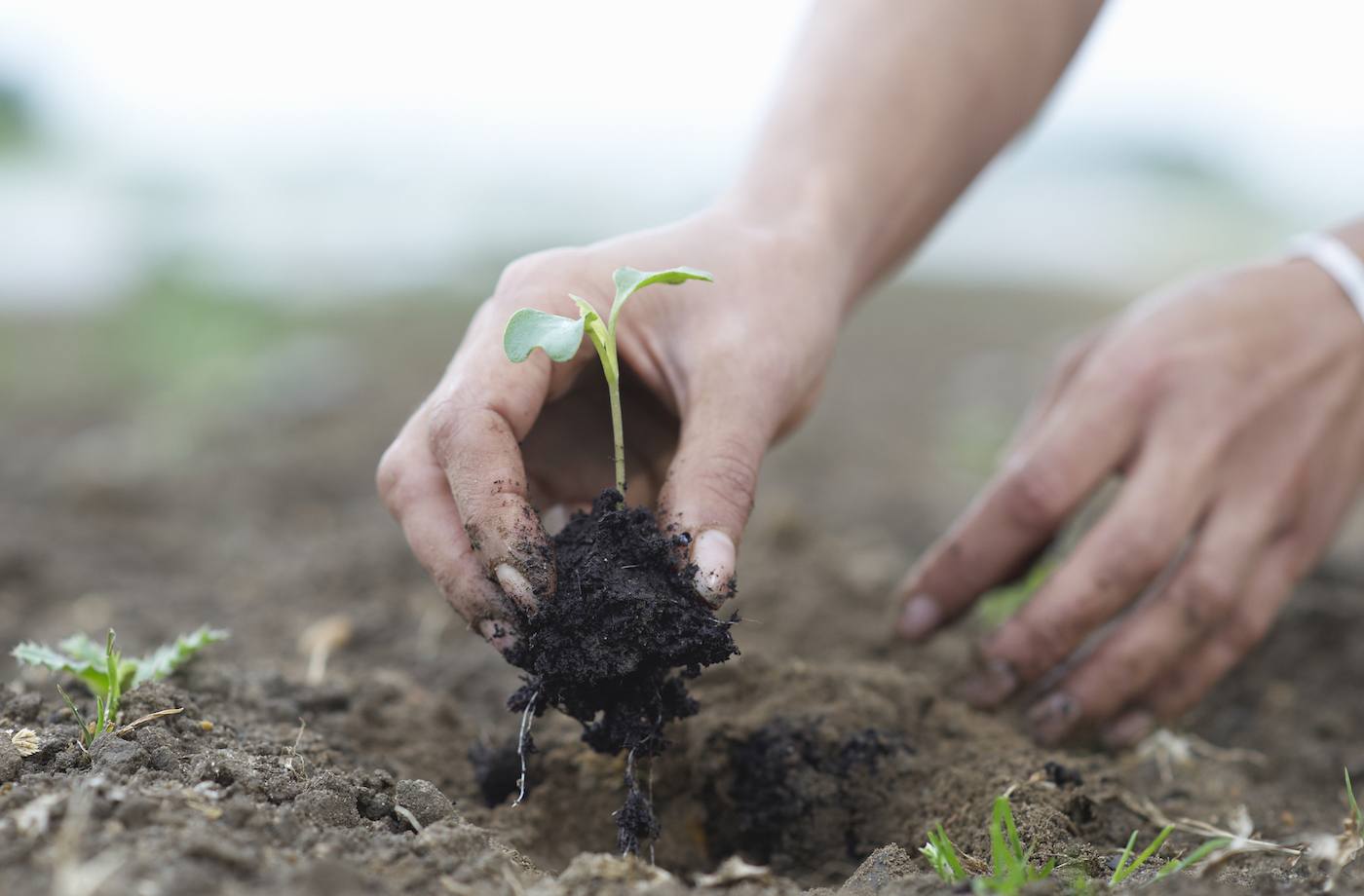#agriculture #food #soil #farming #regenerative #organic #water
“Regenerative agriculture provides answers to the soil crisis, the food crisis, the climate crisis, and the crisis of democracy.” — Dr. Vandana Shiva, Co-Founder Regeneration International
Regenerative agriculture and holistic livestock management represent a Key stage of organic food and farming, not only avoiding toxic pesticides, fertilizers, sewage sludge, GMO seeds and excessive greenhouse gas emissions, but regenerating soil fertility, water retention, carbon sequestration and rural livelihoods too.
Regeneration is the hot topic in the natural and organic food sector. At the same time, climate activists regularly discuss the role of organic and regenerative practices in reducing agricultural greenhouse gas emissions and sequestering excess atmospheric CO2 (carbon dioxide) in soils and agricultural landscapes.
Regenerative and organic “best practices” around the globe have been identified.
The bottom line
Humans have put too much CO2 and other greenhouse gases into the atmosphere, trapping the Sun’s heat from radiating back into space and heating up the planet.
And because of the destructive food, farming and forestry practices that have degraded a major portion of the Earth’s landscape, we are not drawing down enough of these CO2 emissions through plant photosynthesis, soil carbon sequestration, and perennial above ground carbon storage in biomass to cool things off.
From the standpoint of drawing down enough CO2 and greenhouse gases from the atmosphere and sequestering them in our soils and biota, qualitatively enhanced photosynthesis is all-important.
The 1st driver of change is consumer awareness and market demand. Without an army of conscious consumers and widespread market demand, regenerative practices are unlikely to reach critical mass. The 2nd driver is farmer, rancher and land stewardship innovation, including the development of value-added products and ecosystem restoration services.
The 3rd driver is policy change, starting at the local and regional level.
Last is regenerative finance large-scale investing on the part of the public and private sector, what is now commonly known as “impact investing.”
In order to qualitatively expand organic and regenerative best practices and achieve critical mass sufficient to transform our currently degenerative systems, we need all 4 of these drivers to be activated and working in synergy.
This long-overdue Regeneration Revolution will not be easy, it will not take place overnight.
Our profoundly destructive, degenerative, climate-destabilizing food and farming system, primarily based upon industrial agriculture inputs and practices, is held together by a multibillion-dollar system of marketing and advertising that has misled or literally brainwashed a global army of consumers into believing that cheap, Ultraprocessed, artificially flavored, “fast food” is not only acceptable, but “normal” and “natural.”
Unfortunately, only a tiny percentage of public or private investment is currently going toward organic, grass fed, free-range and other healthy foods produced by small and medium-sized farms and ranches for local and regional consumption.
Healthy soil, healthy plants, healthy animals, healthy people, healthy climate, healthy societies, our physical and economic health, our very survival as a species, are directly connected to the soil, biodiversity and the health and fertility of our food and farming systems.
Regenerative organic farming and land use can move us back into balance, back to a stable climate and a life-supporting environment.
Have a healthy, prosperous day, Keep the Faith!









